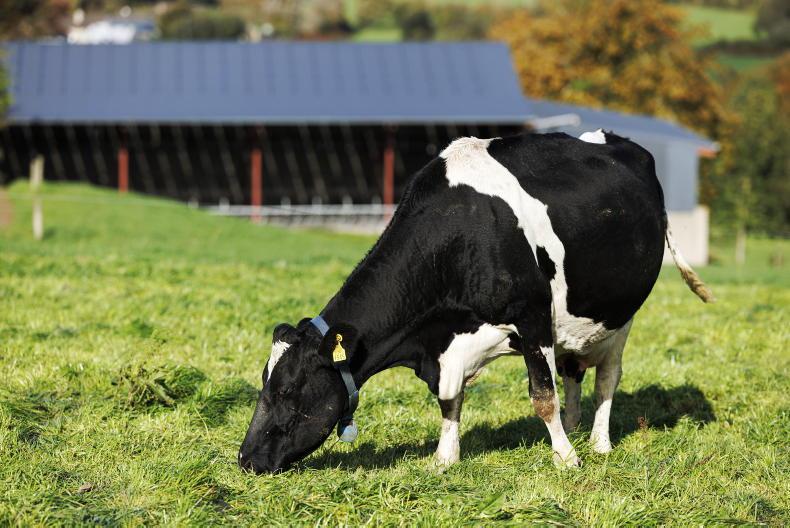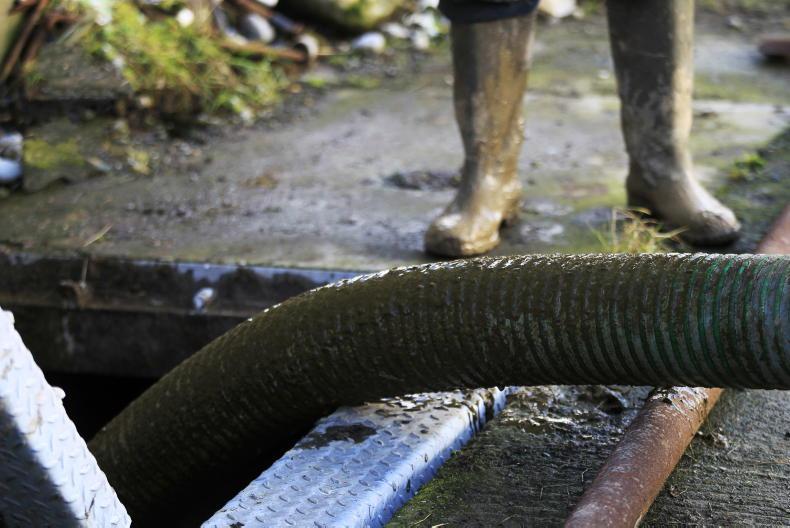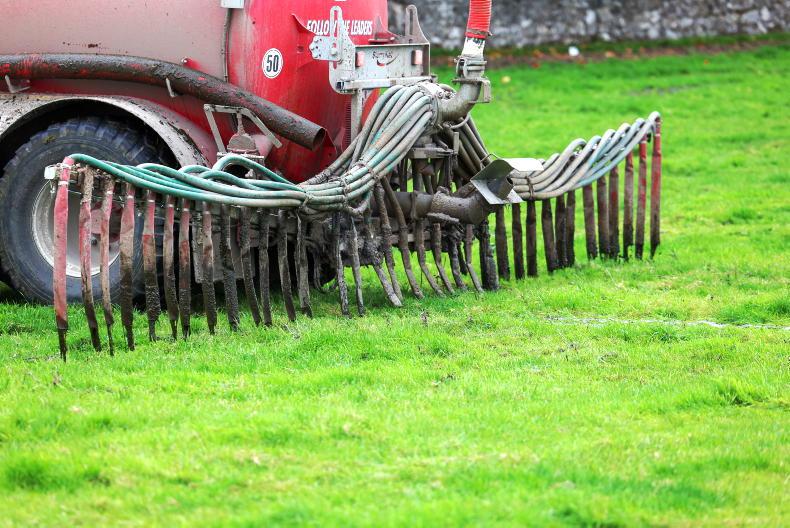It’s the subject most dairy farmers I speak to are talking about; that is the superb weather and what to do about it.
At this stage, many dairy farmers have more than 35% of their grazing platform grazed. Cows have been out day and night since calving started and ground conditions are excellent.
The problem is that the target is to have 30% of the farm grazed by the end of February, so many farmers are well ahead of themselves.
If this continues, rather than having the planned 66% of the farm grazed by St Patrick’s Day, it’ll be more like 80% grazed by then and 100% grazed by the last week of March.
This will be a scenario that will suit some farms – those that grow very well in March and April due to soil type, location and soil fertility. It will also suit farms that are lower stocked so the demand for grass in the second rotation is not that high.
Second rotation
But for higher stocked farmers or on farms where April can often be a tight month for grass, bringing forward the start of the second rotation to the end of March is a risky strategy.
I would say that it’s a risky strategy for the majority of farmers because we don’t know what kind of weather we’re going to get in March and how suitable this will be for grass growth.
If growth is slow in March there won’t be sufficient time for the fields grazed in February to have enough grass back on them to sustain a 20- to 24-day rotation length in April, depending on growth rates in April.
The fall-back position is to introduce silage to the milking cows to slow down the rotation. Because it has been so dry most farmers are in bonus territory now in the sense that silage hasn’t had to be fed up to now.
In my opinion, farmers are better off sticking to the targets and if that means introducing silage now to slow down the rotation length then so be it.
I know of some farmers who were ahead of target in terms of area grazed have housed cows by night this week to slow down the rotation and get back on target.
It is certainly better to feed silage now rather than in late March or April. At that time cows will be producing more milk and will be closer to the breeding season and should be on a rising plane of nutrition.
I know there is always the risk that if weather turns wet in March that cows will have to be housed and silage fed then anyway.
For farmers on dry land, that’s less of a risk and so to take control of the situation I think they are better off to take remedial action now. Feeding a lot of silage in the middle to end of March will be worse than feeding some silage now.










SHARING OPTIONS